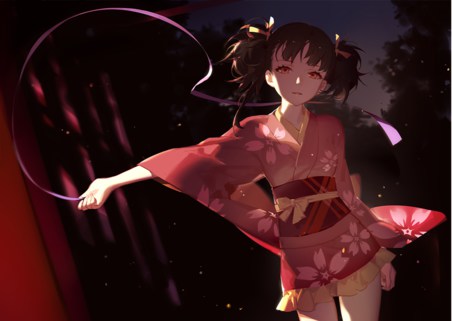Free

- 3 lessons
- 0 quizzes
- 96 week duration
Lesson 1: How to classify Japanese adjectives?

There are two types of adjectives in Japanese.
They are i-adj and na-adj.
How to judge the type of an adjective?
| There is a い in the end of a i-adj, that’s why they are called as i-adj. And if you want to use i-adj to describe nouns, it will be very simple. It’s the same as English. For example: 高い山 a high mountain 高い is a i-adj(There is a い in the end, right?), its meaning is “high”. And 山 is a noun, its meaning is “mountain”. |
| However, na-adj is different. Usually, a na-adj is two kanji(like 親切、安全、危険), or one kanji+か(静か、明らか、確か), But there are other patterns too. If you want to use na-adj to describe nouns, you need to add a な between na-adj and noun. So if you see a な before a noun, then it means that you met a na-adj. For example, 静かな部屋 quiet room 静か is a na-adj, its meaning is “quiet”, 部屋 is a noun, its meaning is “room”. 親切な人 kind person 親切 is a na-adj, its meaning is “kind”, 人 is a noun, its meaning is “person”. |
Exceptions:
| There are two exceptions that are similar to i-adj, but they are na-adj. ①きれい: its meaning is “beautiful”. For example, きれいな女性 beautiful woman. The kanji of きれい is 綺麗, because it’s hard to write, many people use hiragana instead. ②嫌い: its meaning is “dislike”. For example, 嫌いな人 people I dislike. |
Next
Lesson 2: i-adj